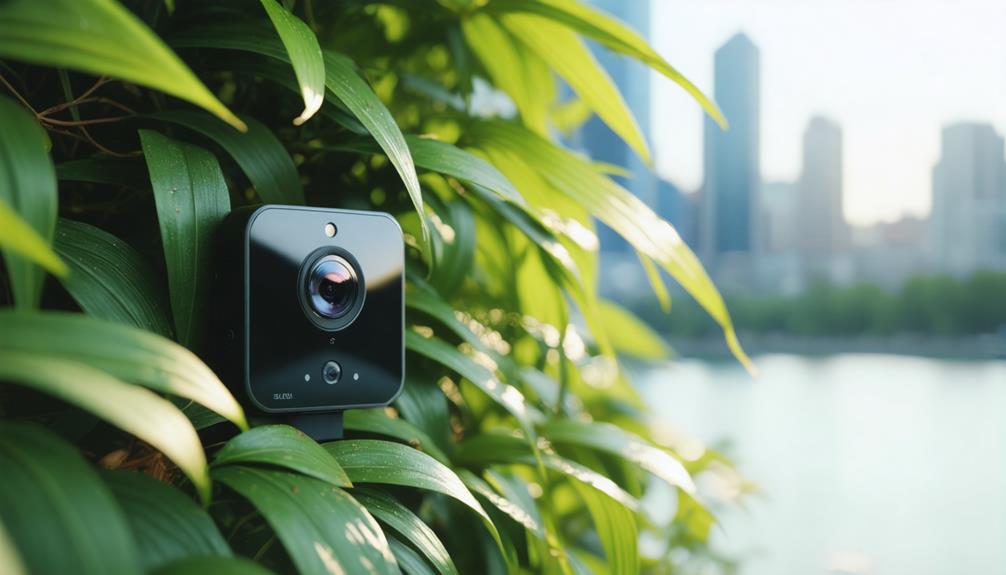
Brainstorm Security Shop

For Orders Over $199

On Any Of Our Products

Details On Refund Page
If you’ve ever considered using hidden cameras, it’s crucial to understand the legal implications surrounding their use. The line between security and invasion of privacy can often be blurred, and knowing where hidden cameras are legally allowed is essential. Before you decide to set up surveillance, there are important considerations to keep in mind. Stay tuned to learn more about the intricacies of hidden camera legality and how to navigate this complex landscape thoughtfully and responsibly.
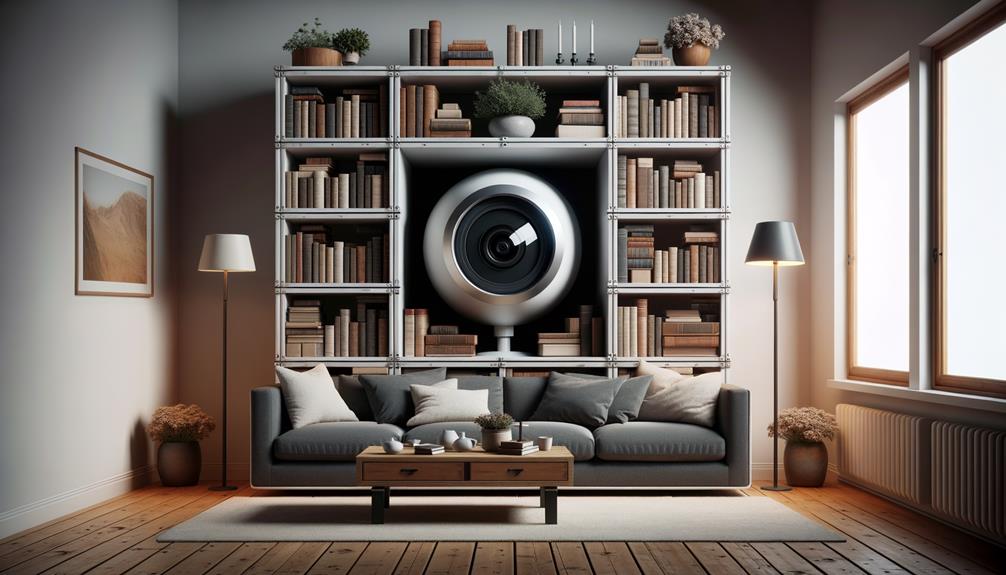
Understanding hidden camera laws is crucial for anyone considering using surveillance devices in public or private spaces. When it comes to ethical considerations, it’s important to note that using hidden cameras in public spaces where individuals have no reasonable expectation of privacy is generally more acceptable compared to using them in private areas like residential spaces or bathrooms where privacy is expected.
In public spaces, it’s essential to be mindful of laws regarding workplace monitoring to ensure that the rights and privacy of employees aren’t violated. Workplace monitoring through hidden cameras should only be conducted for legitimate reasons such as security or preventing theft.
On the other hand, in residential areas, using hidden cameras raises more significant ethical concerns. It’s essential to respect the privacy of individuals within their homes and ensure that any surveillance is conducted within the boundaries of the law.
Before installing hidden cameras in any location, it’s crucial to research and understand the specific laws and regulations that apply to the use of such devices to avoid potential legal issues.
Privacy rights and surveillance practices often intersect in complex ways, requiring a careful balance between individual freedoms and security measures. Privacy concerns arise when surveillance technologies, including hidden cameras, infringe upon personal boundaries without consent.
The ethical implications of hidden cameras in public spaces versus private settings raise questions about the extent to which individuals can expect privacy in different environments. In public areas, the use of hidden cameras for security purposes is more widely accepted due to the need for public safety. However, concerns about potential misuse and invasion of privacy persist.
On the other hand, hidden cameras in private spaces, such as homes or changing rooms, present clear violations of privacy rights and are often illegal. It is crucial for laws and regulations to address these privacy concerns and ethical implications to ensure that surveillance practices, including the use of hidden cameras, are conducted ethically and with respect for individuals’ rights to privacy.
Striking a balance between surveillance for security reasons and protecting personal privacy is essential in navigating the complex landscape of privacy rights versus surveillance.
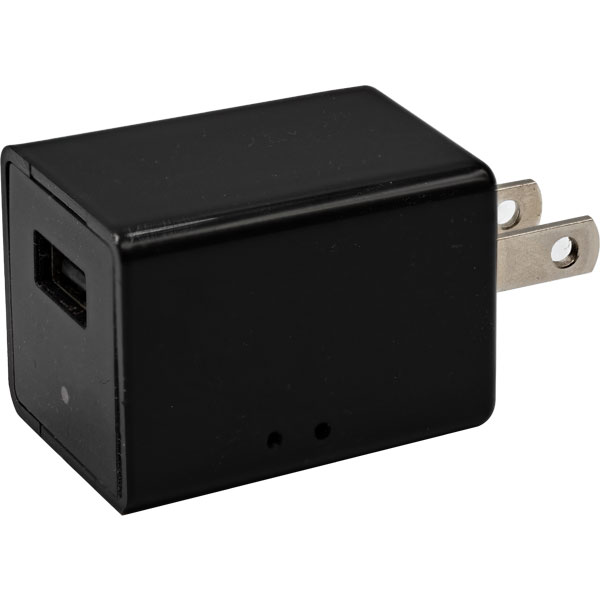
Hidden cameras are allowed in public spaces for security purposes, but their presence raises concerns regarding privacy rights and ethical considerations. When it comes to workplace surveillance, hidden cameras are generally permitted in common areas where there’s no expectation of privacy, such as hallways, lobbies, and break rooms. However, in areas like bathrooms or changing rooms, their use is strictly prohibited due to privacy laws.
Nanny cams, which are hidden cameras used by parents to monitor their children and caregivers, are also allowed in private residences. As a homeowner, you have the right to install these cameras in your own home to ensure the safety of your children. It’s crucial to inform any caregivers about the presence of nanny cams to maintain transparency and trust in the household.
When considering where to place hidden cameras, always prioritize respecting the privacy of individuals while balancing the need for security and accountability. Familiarize yourself with the laws and regulations regarding hidden cameras in different settings to avoid infringing on anyone’s rights.
Consider the optimal placement of your surveillance cameras to maximize coverage and minimize blind spots. Proper placement is crucial to ensuring that your hidden cameras effectively capture the intended footage. Place cameras strategically in areas where they can monitor the most critical areas without violating the privacy of individuals.
It’s essential to consider ethical considerations when using hidden cameras. Always respect the privacy of others and avoid recording in sensitive areas such as bathrooms or bedrooms. Additionally, inform individuals if they’re being recorded in areas where they’ve a reasonable expectation of privacy.
When installing hidden cameras, ensure they aren’t easily detectable to maintain their covert nature. Conceal cameras within everyday objects or use small, discreet designs that blend into the surroundings. Regularly check and maintain your cameras to guarantee they’re functioning correctly and capturing clear footage.
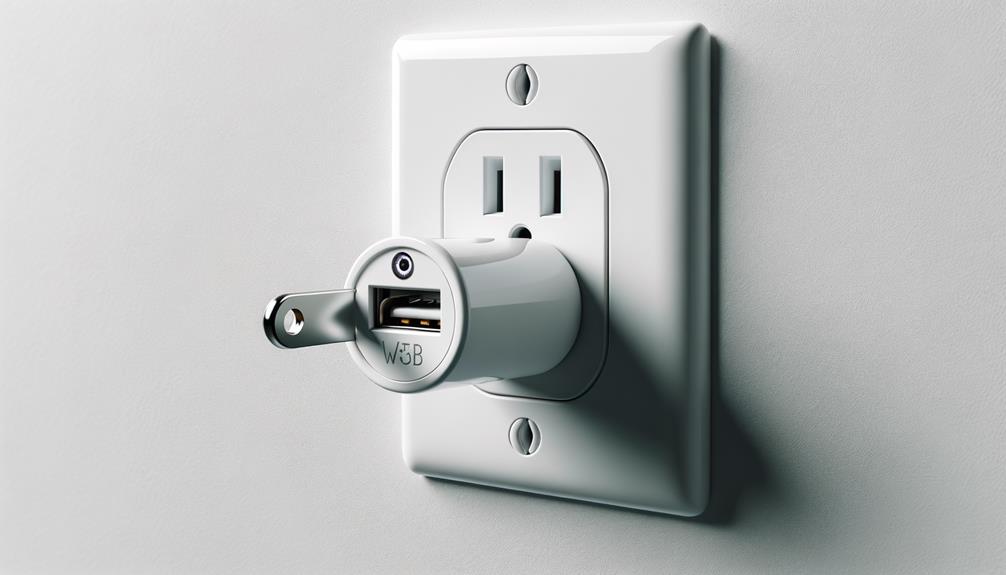
Misusing hidden cameras can lead to severe legal consequences, including fines, criminal charges, and civil lawsuits. When it comes to employment surveillance and workplace rights, it’s crucial to understand the legal implications of using hidden cameras in the workplace.
While employers have the right to monitor their employees to a certain extent for security and productivity reasons, they must also respect the privacy rights of their workers.
Invasion of privacy is a primary concern when it comes to hidden cameras in the workplace. Employees have a reasonable expectation of privacy in certain areas, such as restrooms, changing rooms, and personal workspaces. Employers who misuse hidden cameras by placing them in these areas without consent can face legal repercussions for violating their employees’ privacy rights.
To avoid legal troubles, it’s essential for employers to establish clear policies regarding surveillance in the workplace and to obtain consent from employees before implementing any form of monitoring. By respecting workplace rights and privacy laws, employers can prevent legal issues related to the misuse of hidden cameras.
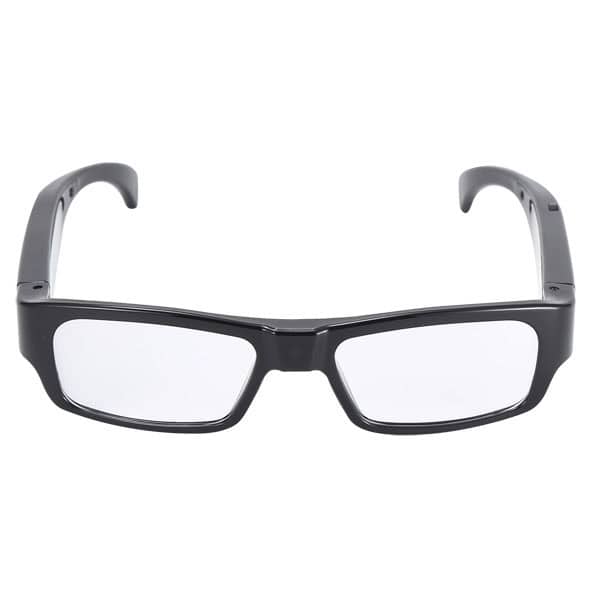
It’s crucial to carefully consider where and how hidden cameras are used to avoid legal consequences and ethical dilemmas.
In conclusion, navigating the legal landscape of hidden cameras requires a comprehensive understanding of privacy rights and surveillance laws.
By following specific guidelines and regulations, individuals can strike a balance between security needs and respecting privacy rights.
Staying informed and compliant with hidden camera laws is essential for protecting both personal and legal interests.
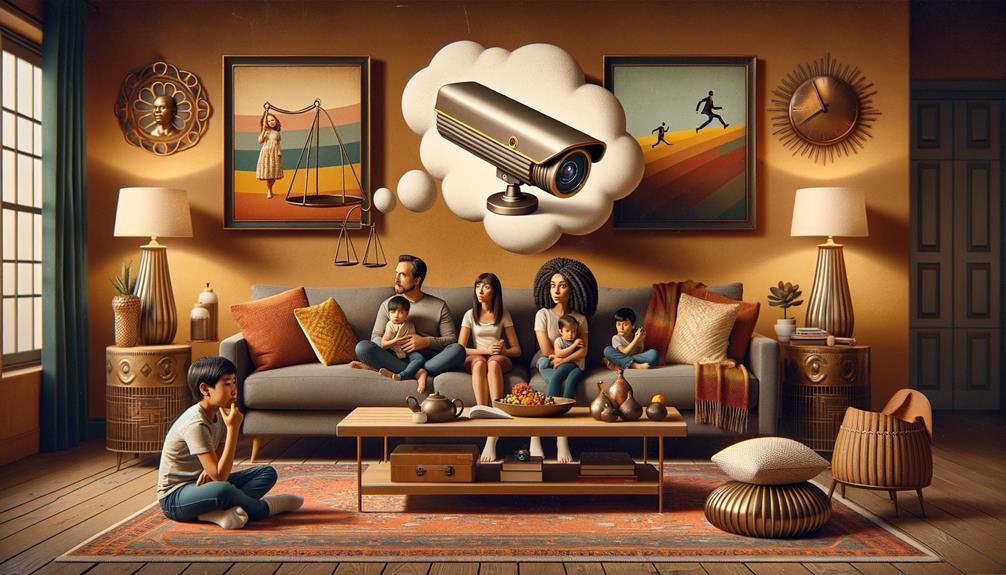
Brainstorm Security Shop
1867 Caravan Trail
Ste 105
Jacksonville, FL 32216
Call us toll free: (800) 859-5566